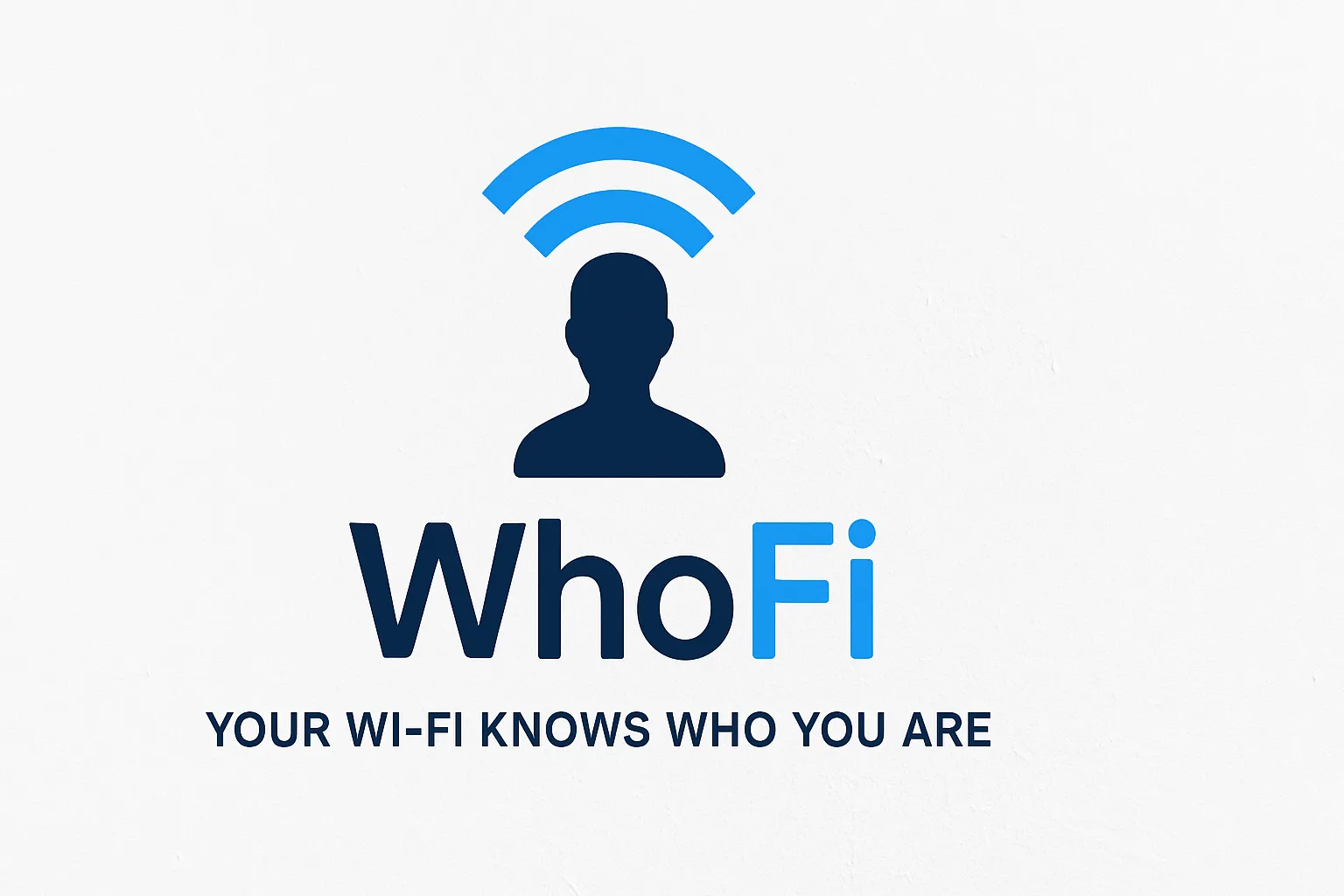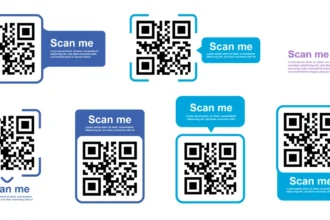Researchers have developed WhoFi, a groundbreaking system that uses Wi-Fi signals to identify individuals with 95.5% accuracy. Unlike traditional surveillance tools, WhoFi does not rely on cameras or microphones. Instead, it analyzes the unique ways Wi-Fi signals bounce off a person’s body, functioning even through walls, in darkness, and using regular home routers.
How WhoFi Works
- Wi-Fi signals change in subtle, unique patterns when they interact with different bodies.
- WhoFi’s AI leverages these patterns as biometric signatures for identification.
- No visual, audio, or special sensors needed.
Pros and Cons
| Feature | Benefit | Risk |
|---|---|---|
| Works invisibly | Nonintrusive security monitoring | High potential for covert tracking |
| No cameras needed | Effective through walls and dark | Can track without users’ consent |
| Research stage | Promising for access control | Raises serious privacy concerns |
Key Takeaway
WhoFi transforms everyday Wi-Fi into a powerful, invisible identifier, enabling new security applications while posing significant privacy challenges. Clear regulations and user consent will be crucial as this technology moves toward real-world use.
This technology redefines Wi-Fi from just a data network to an intelligent sensing system that “knows who you are”—raising a critical debate about balancing innovation and privacy.





















